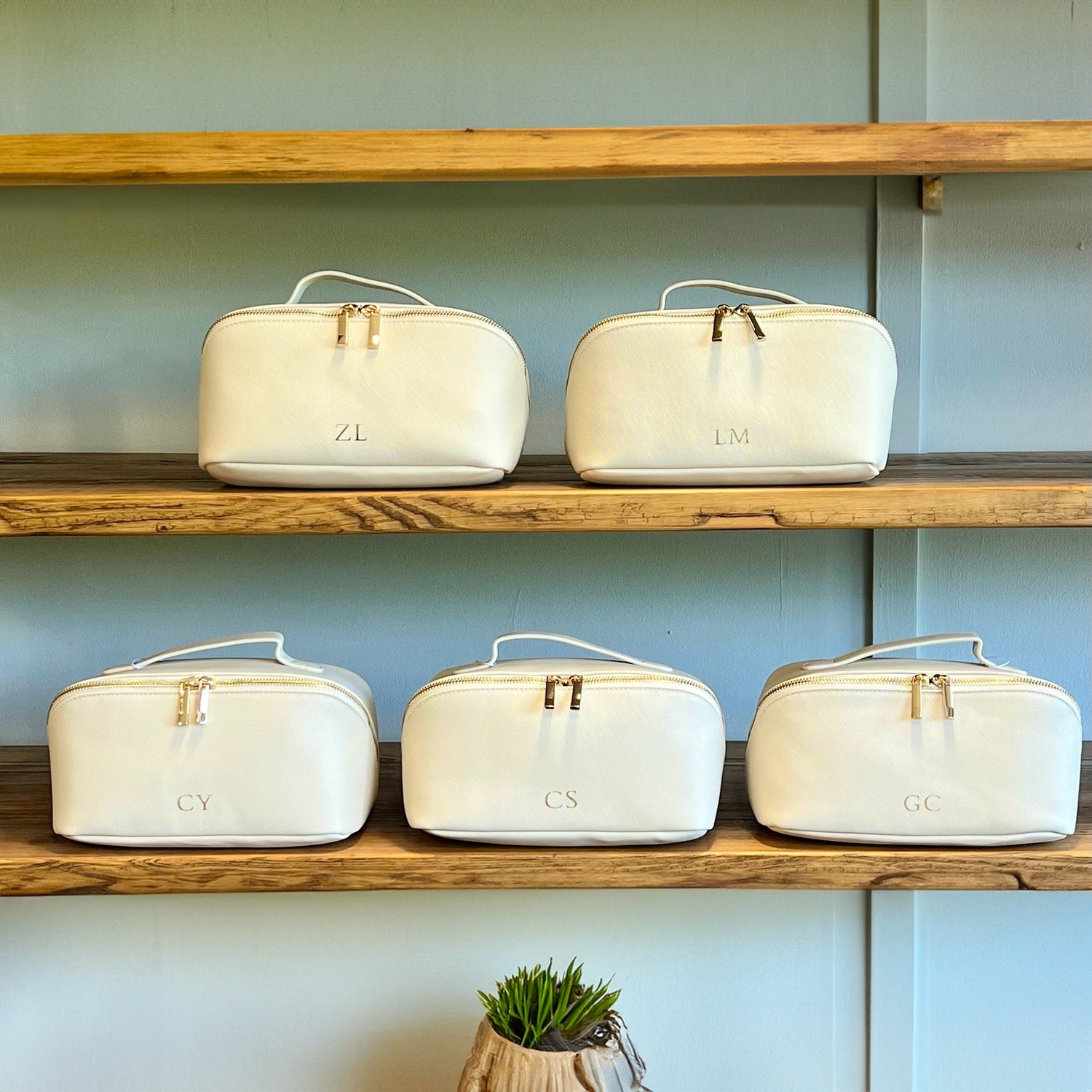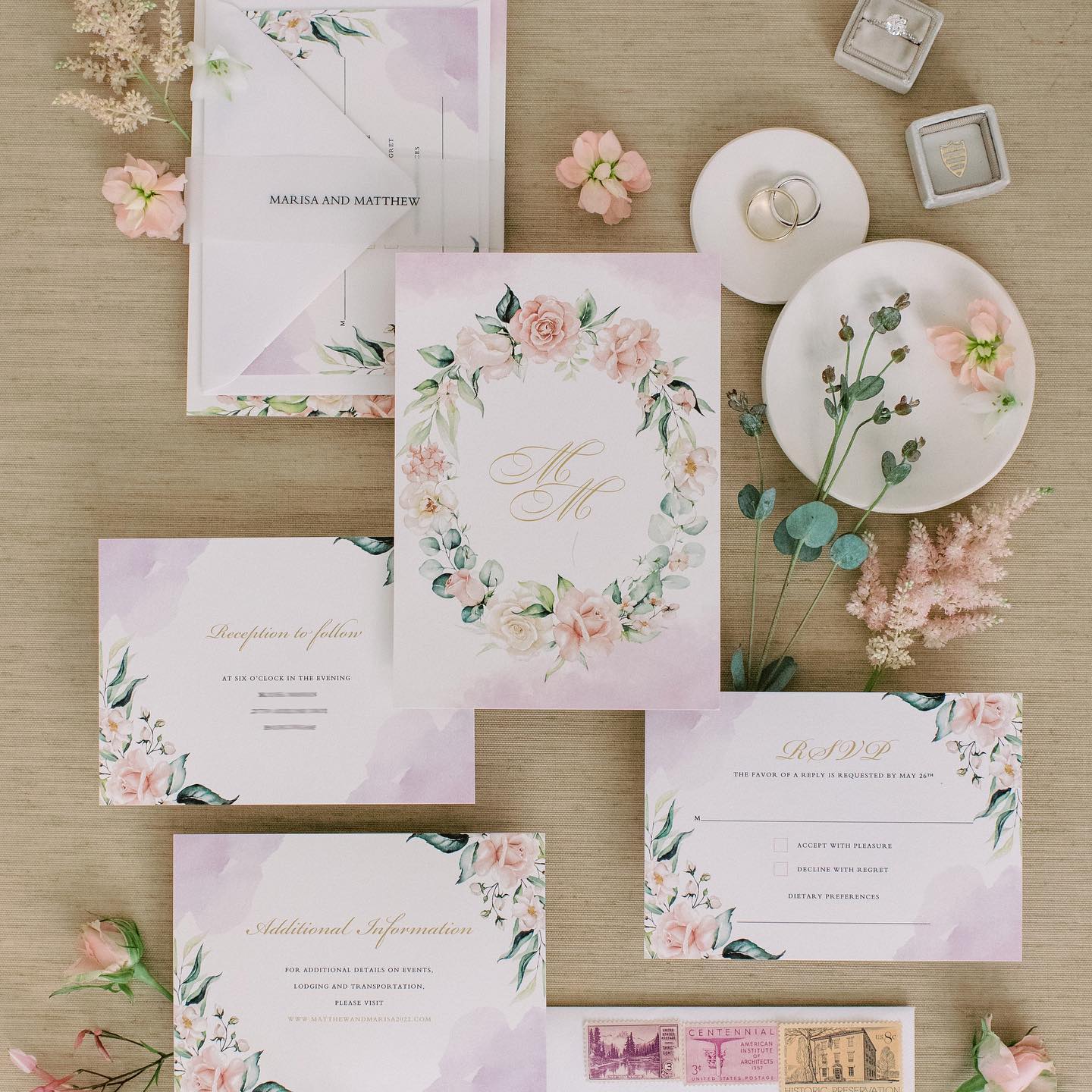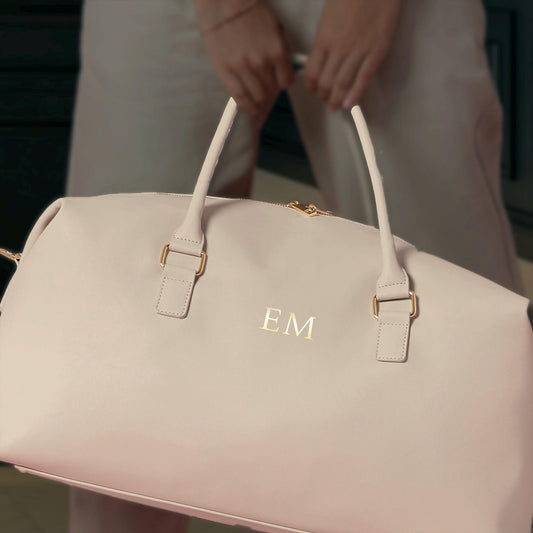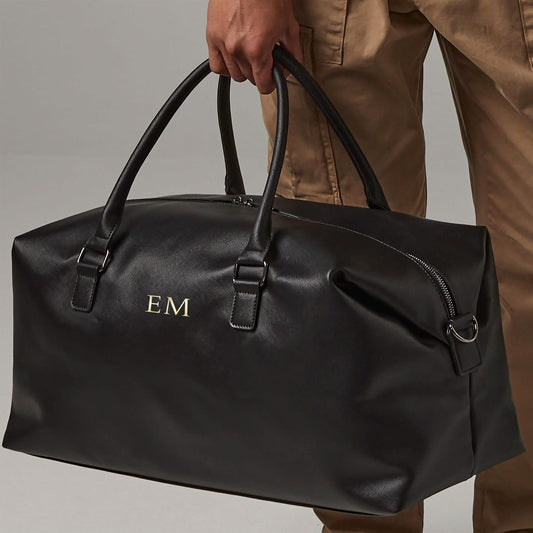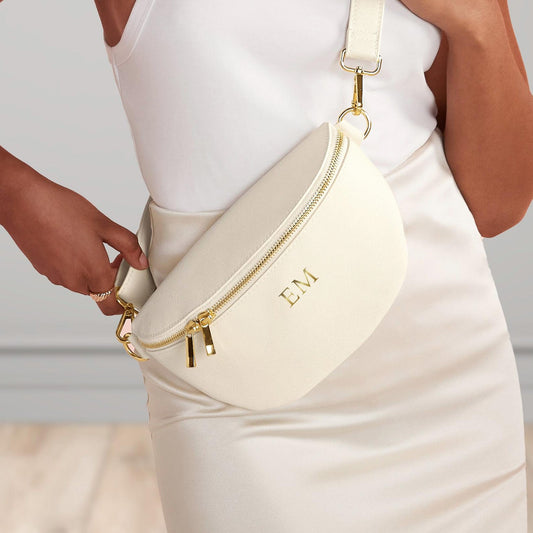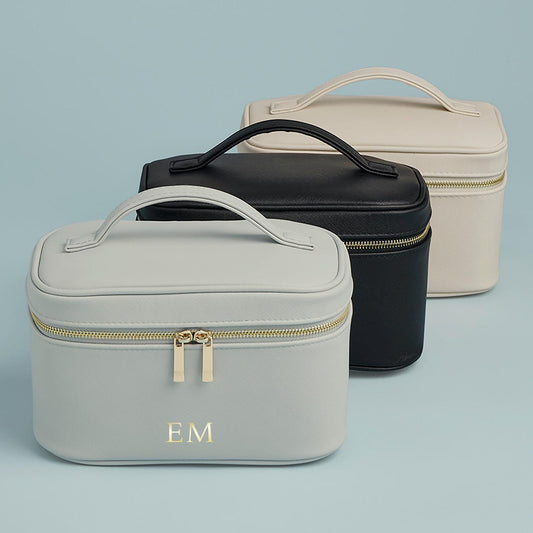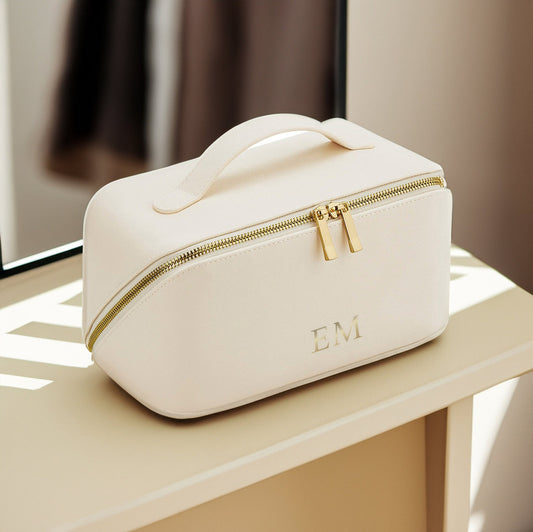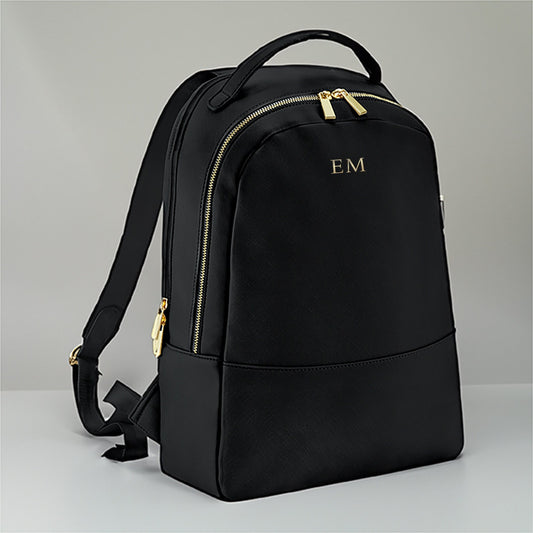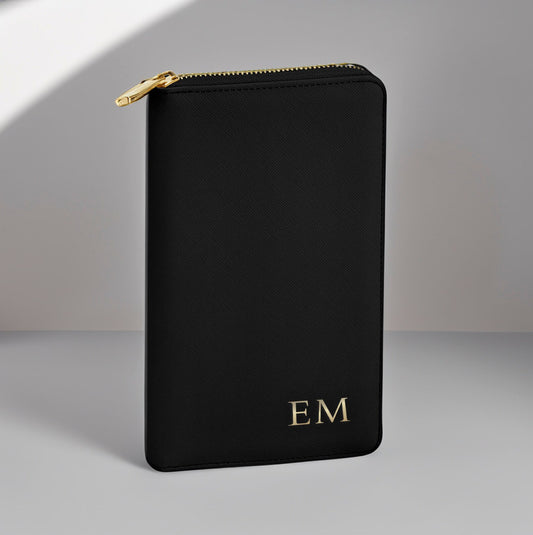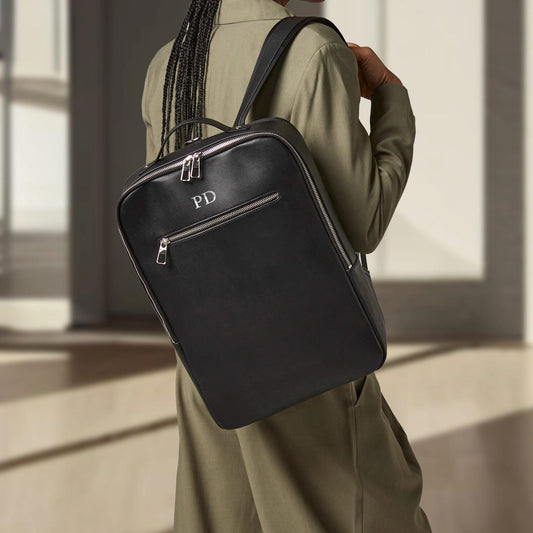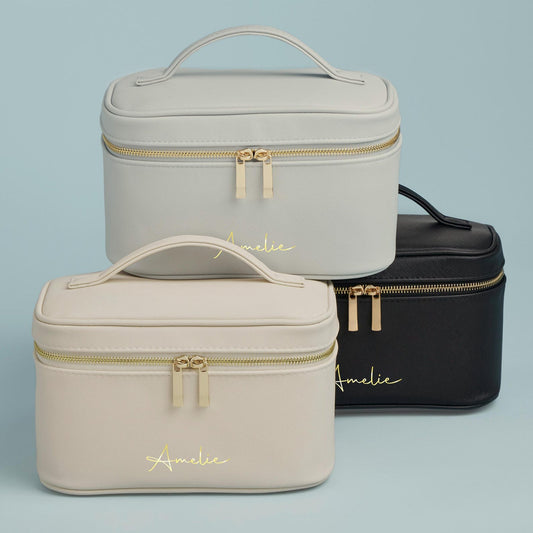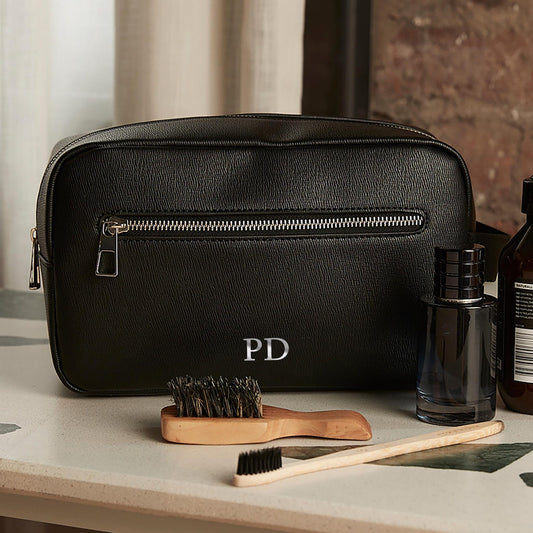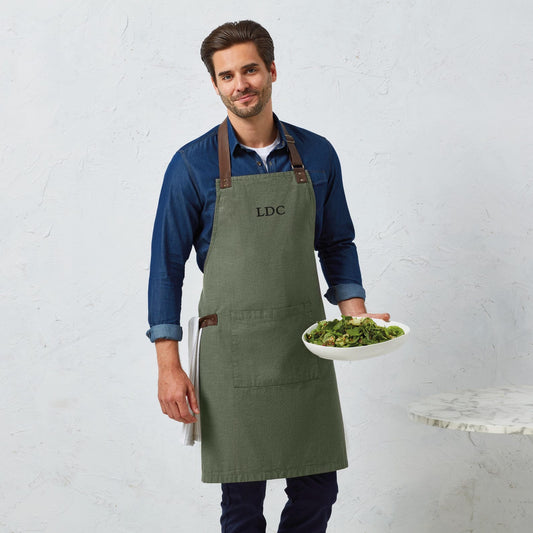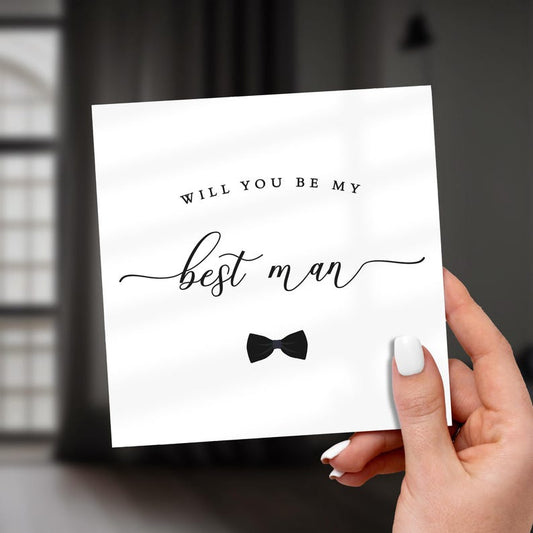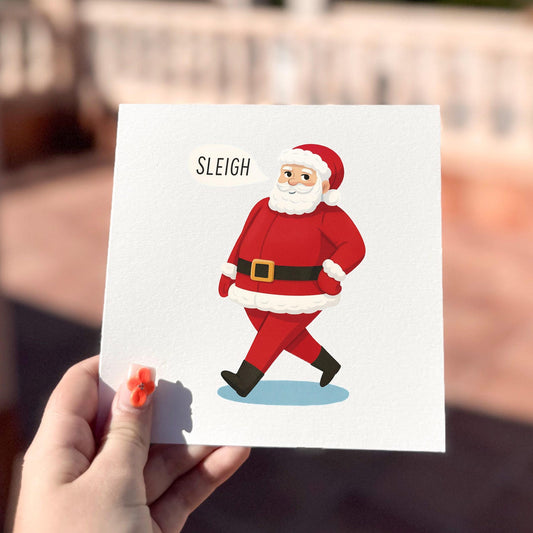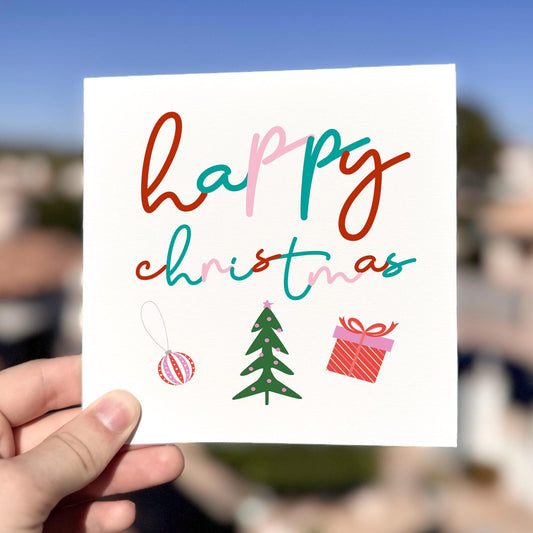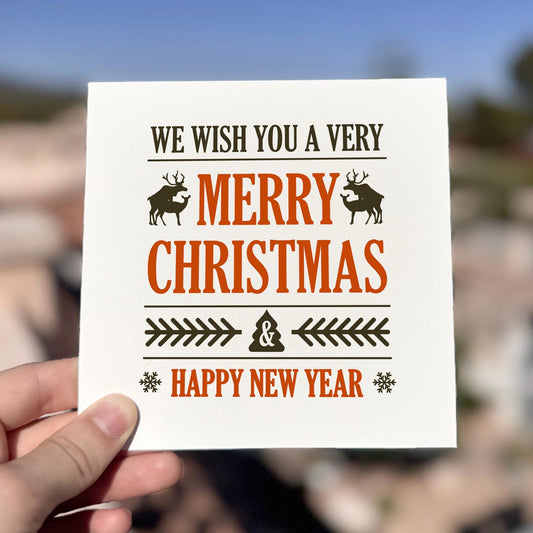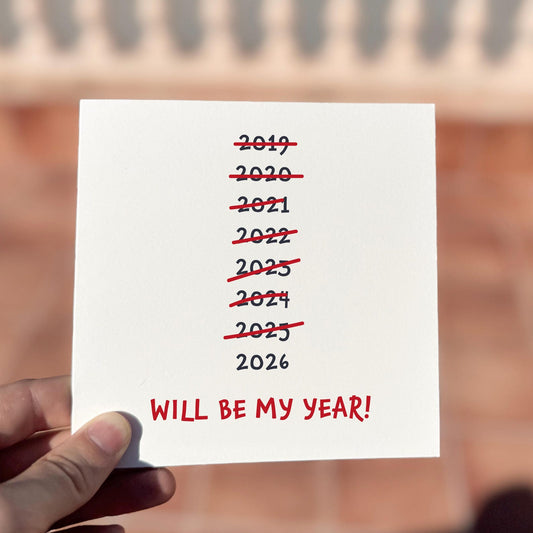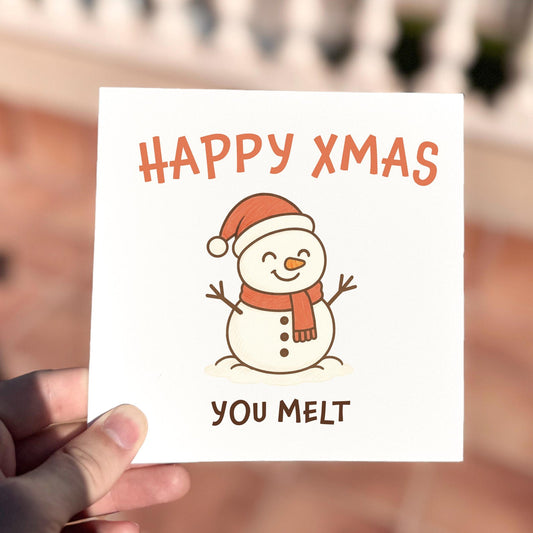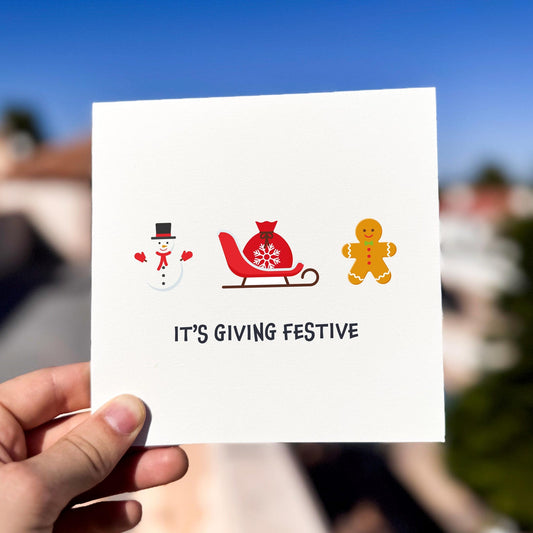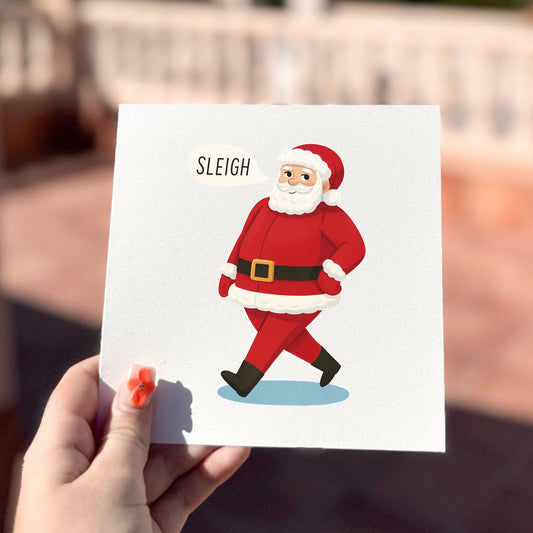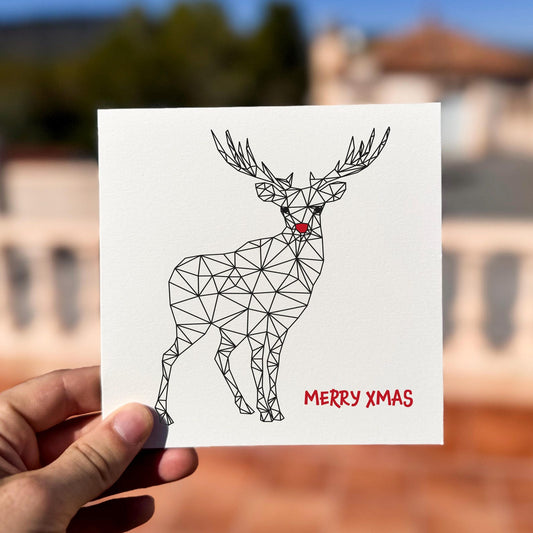hen sending out your wedding invitations, you’ll need a way for guests to confirm if they’re attending – and that’s where RSVP cards come in. But with so many digital tools available, you might be wondering whether a physical RSVP card is still necessary.
Here’s what to consider when deciding whether to include RSVP cards with your invitations, and how to choose the right approach for your day.
The Benefits of Physical RSVP Cards
- Easy for guests: A printed RSVP card with a pre-addressed, stamped envelope makes it simple for guests to respond quickly.
- Matches your stationery: A coordinated RSVP card keeps your suite looking polished and cohesive.
- Helpful for keepsakes: Many couples enjoy saving their RSVP cards as mementoes from the planning process.
When You Might Skip Them
- You’re collecting replies online: If you’re using a wedding website or email for RSVPs, you might choose not to include a reply card.
- You’re keeping things minimal: For smaller or more informal weddings, a digital RSVP can be a more streamlined option.
- You're working with a tighter budget: Omitting reply cards and envelopes can help reduce printing and postage costs.
Tips for Including RSVP Cards
If you do include RSVP cards, keep the layout simple. Include space for the guest’s name, an “accept” or “decline” checkbox, and any menu or dietary preferences if needed. Make sure to include a reply-by date – ideally 4 to 6 weeks before your wedding.
Whether you opt for printed RSVP cards or digital replies, the key is to make it clear and easy for your guests to respond. Choose the format that suits your style, your guests, and your wedding plans best.



